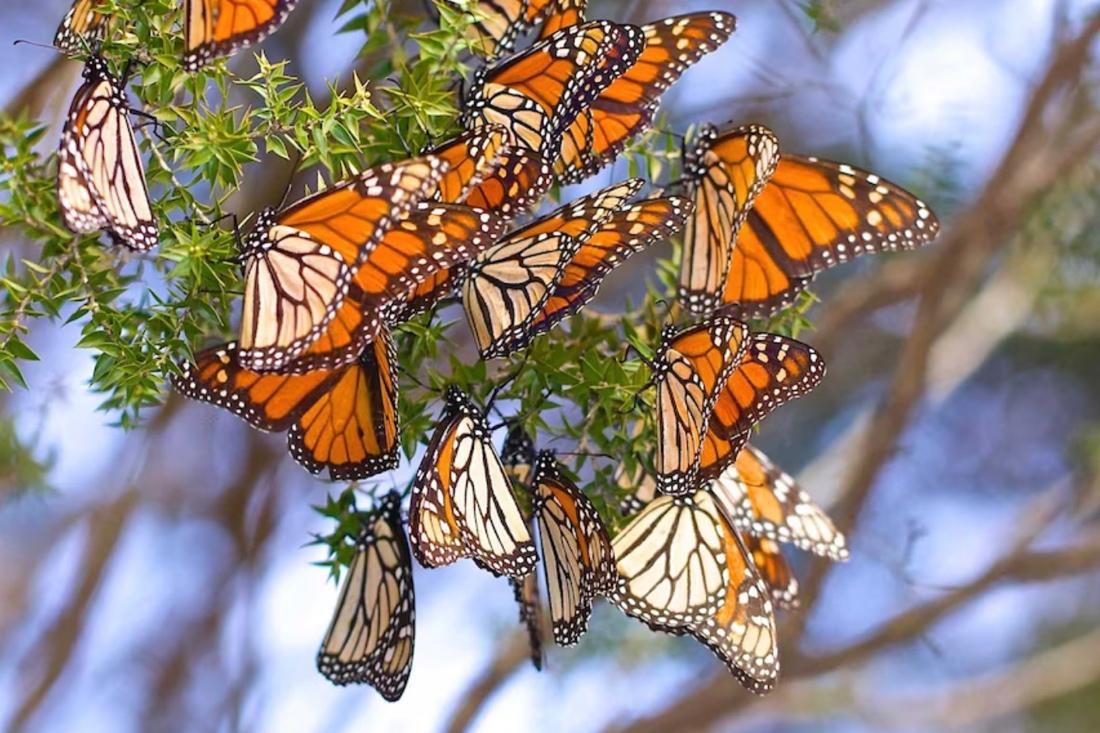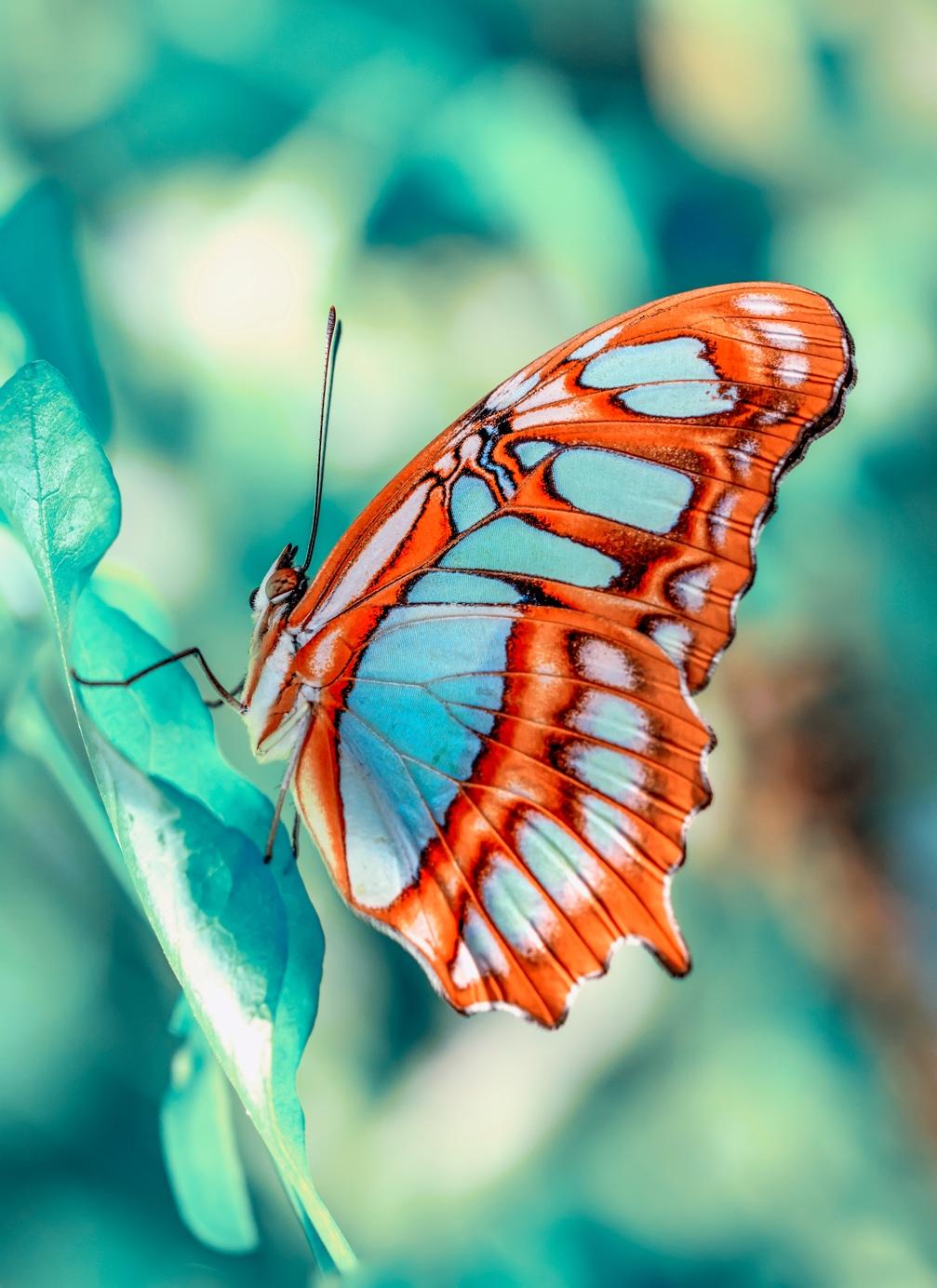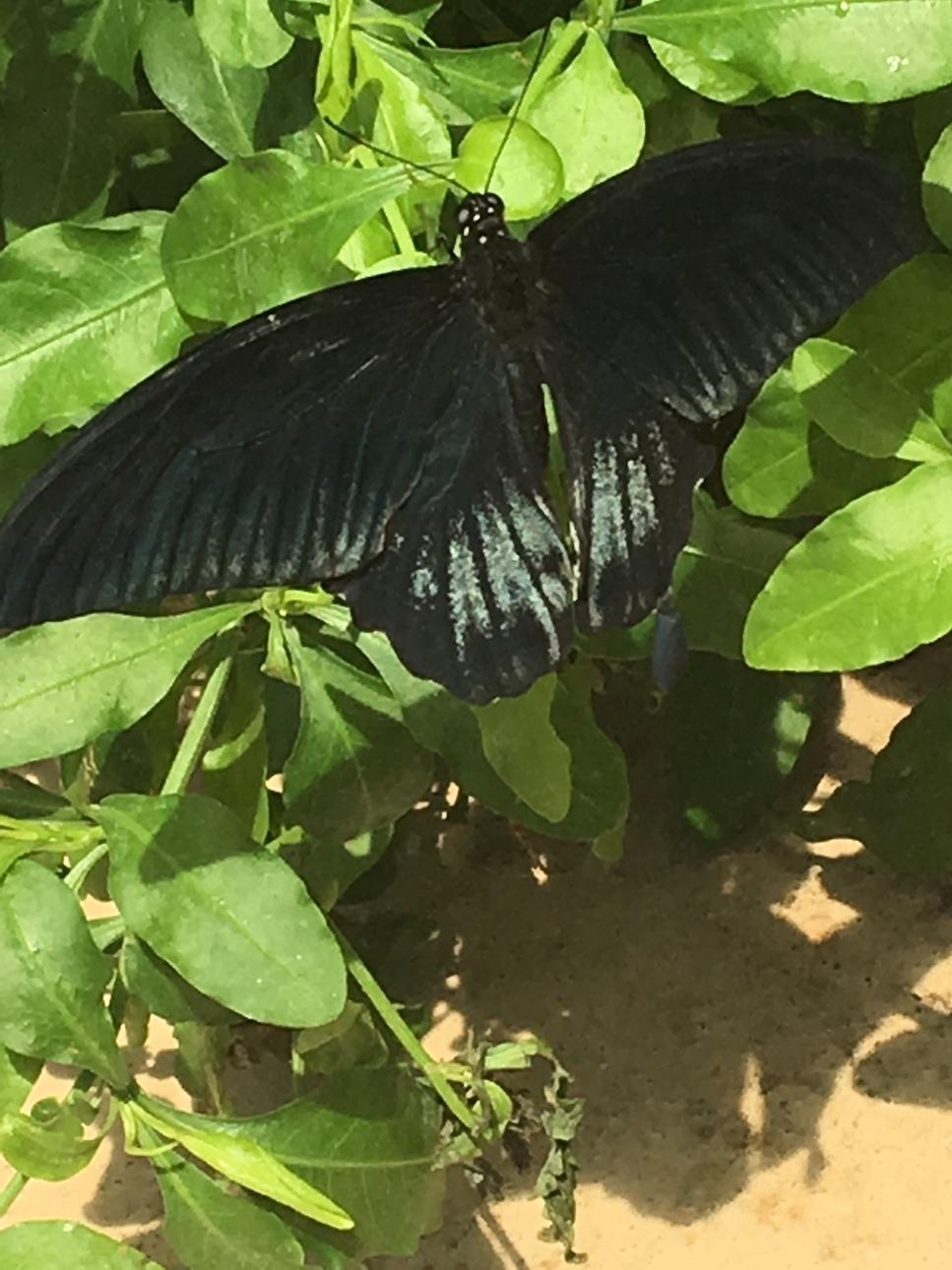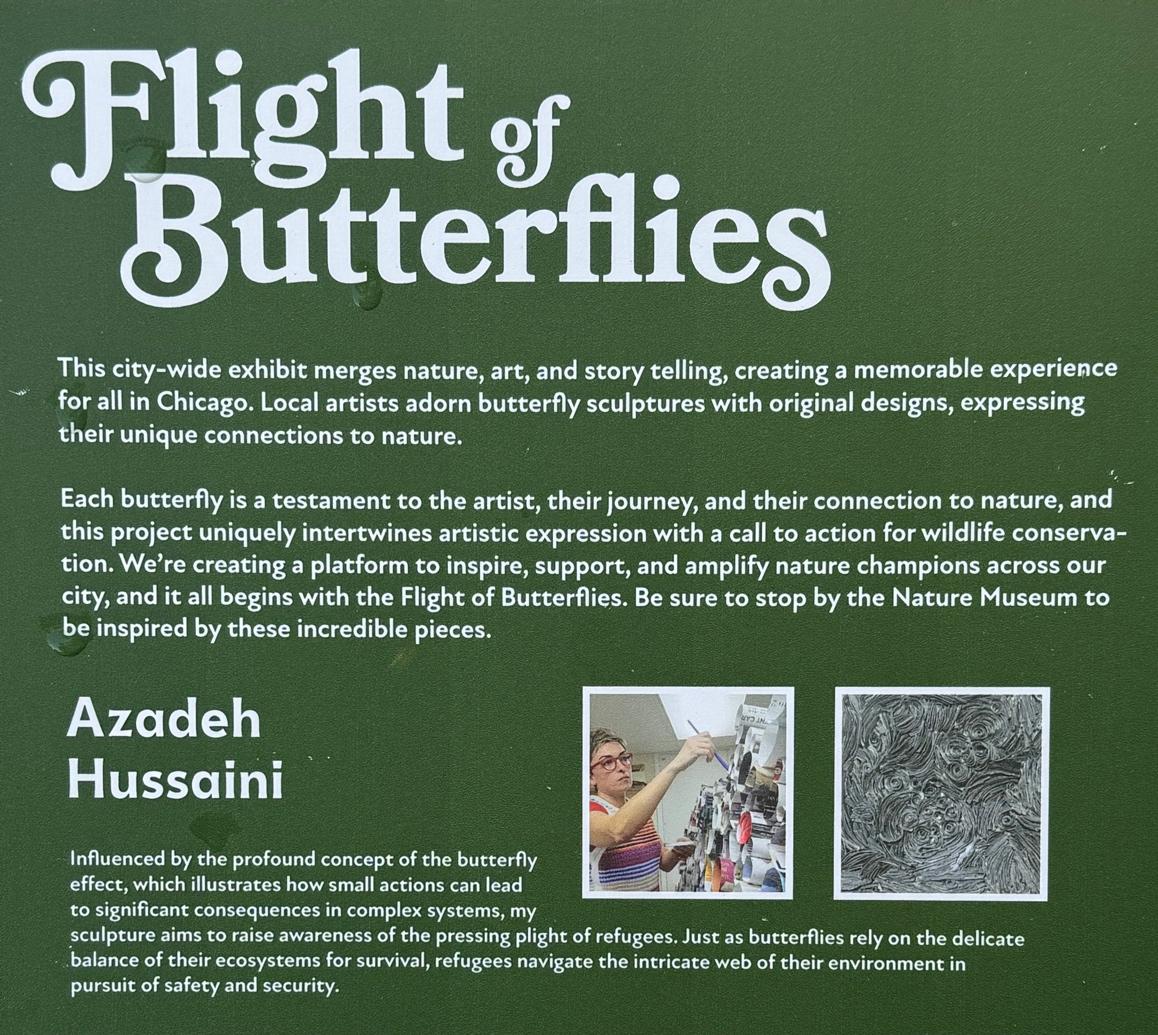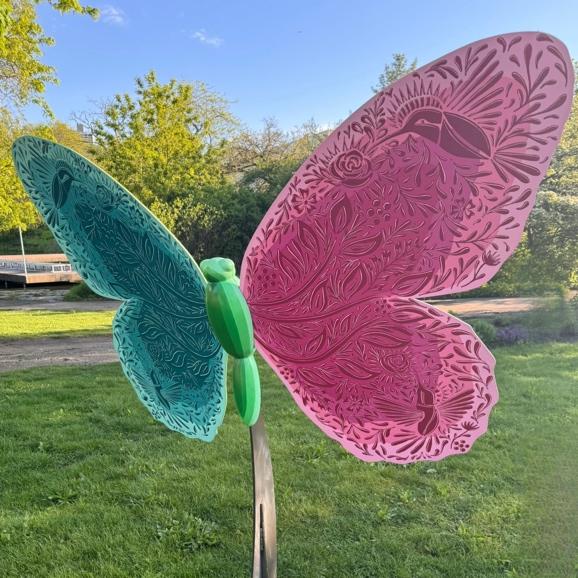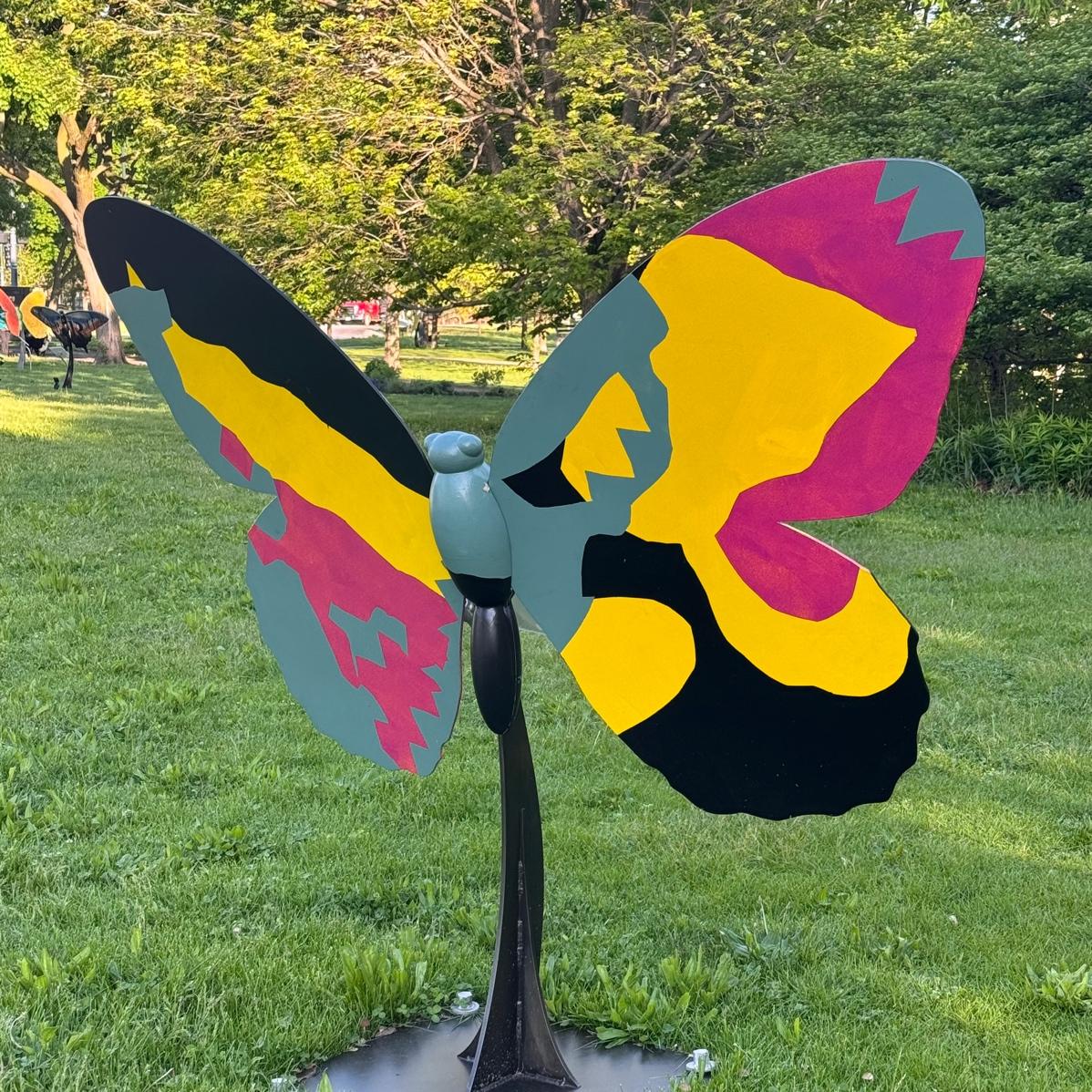Metamorphosis from Caterpillar to Butterfly
From egg to larva to pupa (chrysalis) to the butterfly is well described in the popular children’s book The Very Hungry Caterpillar, by Eric Carle. At the Eric Carle Museum of Picture Book Art in Amherst, MA, lots of caterpillars and copies of Carle’s drawings are displayed.
Sites such as the American Museum of Natural History or Chicago’s own Peggy Notebart Museum, illuminate and inform the metamorphosis. This seemingly magic progression taking approximately 30 days is quite astonishing.
Moths and Butterflies How do they differ?
The common attribute is that they both belong to the same insect order Lepidoptera
Beyond this many people will attribute brighter colors to the butterfly and although usually true there are exceptions.
Below is a chart giving some of the differences, but this is not a small topic and more information is avaiable at such places as sciencenotes.org
The Monarch Butterfly and Migration
Butterfly Migration is best exemplified by the monarch, which is widely known to migrate in the fall to overwintering sites in California and Mexico. In the United States, several other butterfly species engage in lesser migration distances.
Each fall, North American monarchs travel from their summer breeding grounds in northern USA and Canada, to overwintering locations. East of the Rocky Mountains, monarchs travel up to an astonishing 3,000 miles to central Mexico, whereas the shorter migration west of the Rockies is to the California coast. As the average life-span of the monarch butterfly is approximately 2-6 weeks, no one butterly makes the full journey, instead a multi-generational relay occurs, each generation passing the baton to the next.
Monarchs are also present elsewhere in the world, for example in Australia. How did such a butterfly get to Australia all the way from North America?
Having colonized the Pacific, it is thought that the the traffic between California and Australia during the gold rush era of around the 1840s would have been quite high and probably would have facilitated the colonization of the Pacific islands. Arriving in virgin territory with lots of milkweed, their numbers increased. By around 1870 Monarchs were established in Australia.
Some of the monarchs seen outside North America differ of course in migration patterns, overwintering patterns, natural enemies, larval diet and genetics.
Recently these monarchs were seen near Sydney.
Mention the he monarch butterfly and one will find many, very keen, knowledgeable, vitally interested people who have traveled to areas of monarch migration. They might have visited sites along the migration route and might have planned travel to see and count the movement of these remarkable, beautiful creatures
Tour companies offer all manner of experiences including courses and expeditions. Of course many books abound too.
The beautiful monarch butterfly
Following are images of various lovely butterflies
Clever handpainting using the butterfly as the image.
Decorative butterfly in a neighborhood front garden.
This past summer of 2024, was a city wide exhibit in Chicago, now finished, spearheaded by the Peggy Notebart,Museum, with artists adorning butterfly sculptures. With calls to action for butterfly conservation, the sculptures, also highlighted the pressing plight of refugees in human migration.
Some of those butterfly sculptures follow.
“There is nothing in a caterpillar that tells you it’s going to be a butterfly” R. Buckminster Fuller.
Notes and Links:
Photo of Jill by Joe Mazza, Bravelux inc.
Photos copyright © 2024 Jill Lowe. All rights reserved
Images from Shutterstock license
Butterly behavior, conservation, migration from The Smithsonian Peggy Notebart Museum








